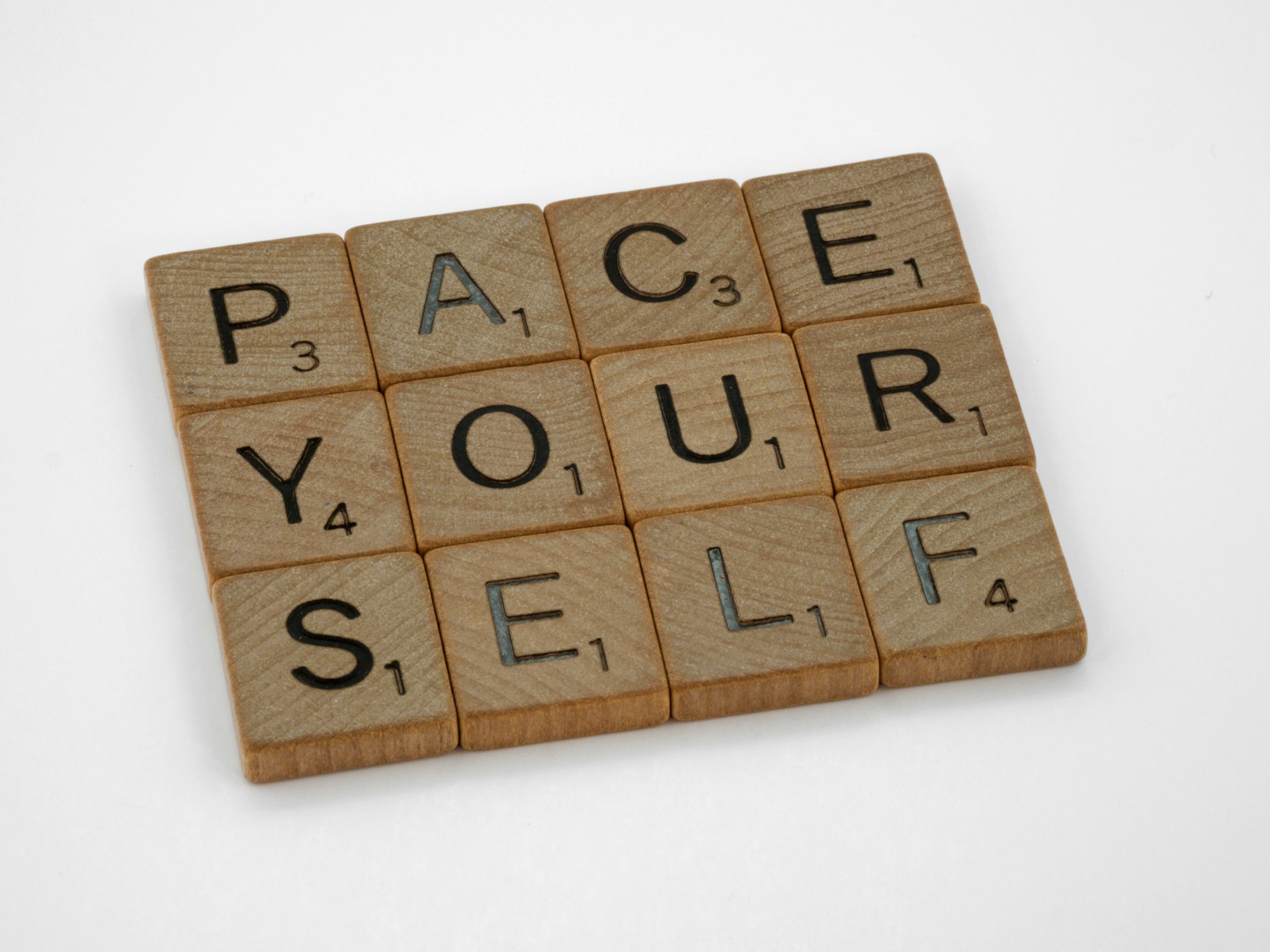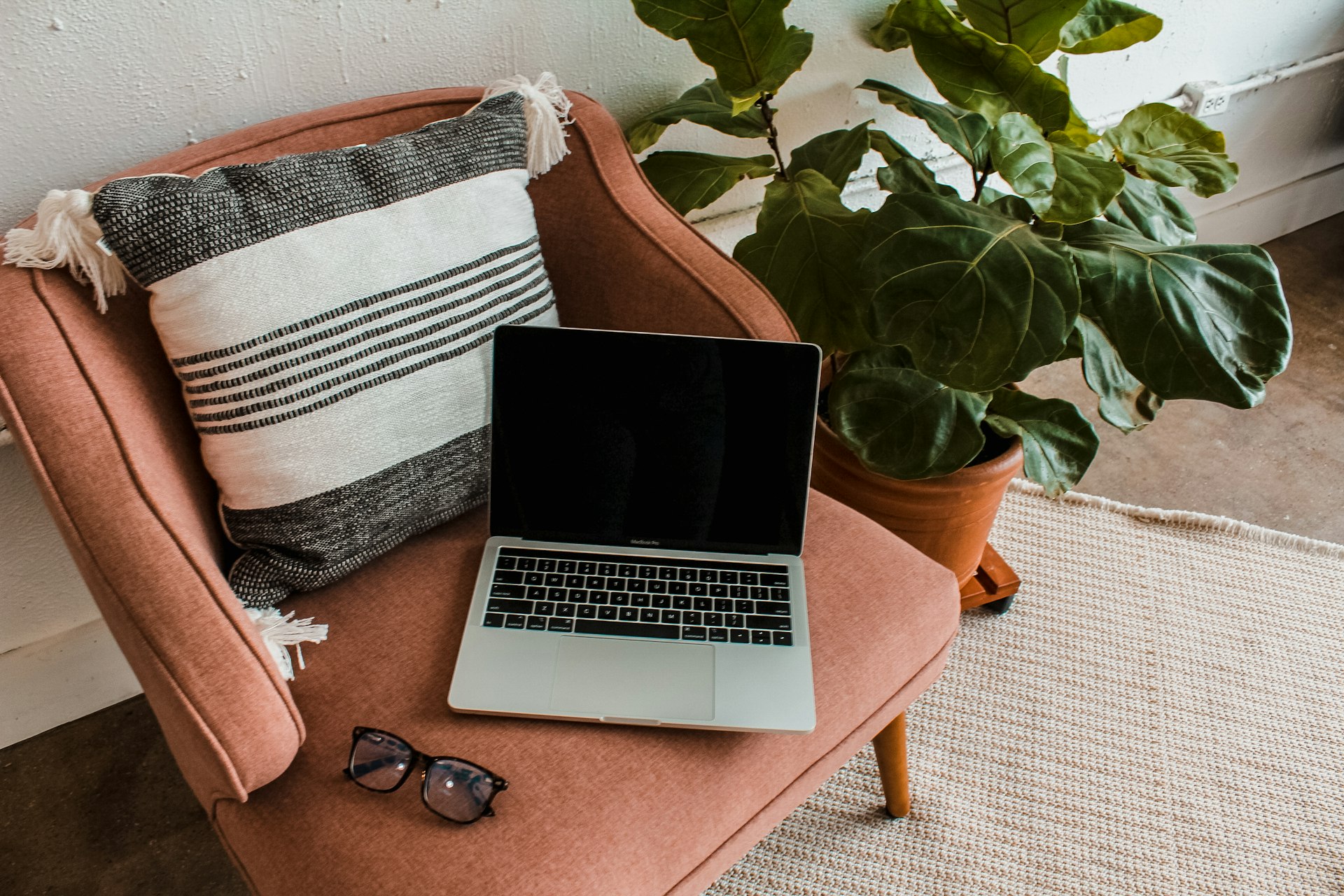Building a Creative Lifestyle: Actionable Strategies for Freelancers to Thrive

Photo by Katie Polansky on Unsplash
Introduction: Why a Creative Lifestyle Matters for Freelancers
For freelancers, creativity isn’t just a skill-it’s the foundation of a fulfilling, resilient, and sustainable career. Beyond the freedom and flexibility, a thriving freelance life requires deliberate structure, self-care, and ongoing growth. Adopting a creative lifestyle means blending inspiration with discipline so you can stay motivated, productive, and satisfied over the long term. This guide provides actionable strategies, real-world examples, and essential steps to help freelancers of all backgrounds cultivate a rewarding creative lifestyle.
1. Set Clear, Achievable Goals and Track Progress
Successful freelancers treat their careers like businesses, setting monthly goals to maintain focus and direction. Breaking larger ambitions into manageable tasks allows for steady progress and helps measure success. For example, graphic designer Cansu Dagbagli Ferreira committed to adding at least one project monthly to her Behance portfolio. This routine not only boosted her visibility but also led to more client inquiries and features in curated galleries [1] .
How to implement: At the start of each month, list your top three business and creative objectives. Break these down into weekly milestones. Use digital tools like Trello or analog planners to visualize progress. Review your achievements at month’s end and adjust your strategy as needed.
Challenges: Overambitious goals may lead to frustration. If you find yourself consistently falling short, scale back and focus on consistency over volume.
Alternative approaches: Some freelancers prefer quarterly planning or using agile project management techniques to stay adaptable.
2. Design Boundaries: Structured Work Hours and Breaks
While freelancing offers flexibility, it’s easy to let work bleed into personal time, risking burnout. Setting clear work hours ensures productivity and helps you recharge. Brand designer Alan Cheetham starts with a defined to-do list each morning and finishes his day when all tasks are complete, regardless of the clock [1] .
How to implement: Identify your peak creative times (morning, afternoon, or evening) and build your schedule around them. Mark your work hours publicly on your calendar and communicate them to clients. Set a daily “end time” and stick to it.
Breaks are equally critical. Regular physical activity, such as a midday walk or an exercise session, can reset your mind and body. Designer Lorenzo Bocchi splits his day into two halves with a two-hour break for activities like swimming or drumming, returning to work refreshed [1] .
Challenges: Client demands may conflict with your preferred hours. Proactively communicate availability and negotiate boundaries during onboarding.
Alternative approaches: Some freelancers adopt a “time-blocking” method or a four-day workweek to balance productivity and downtime.
3. Master Time Management and Prioritization
Effective time management is a cornerstone of the creative freelance lifestyle. Freelancers like Dorey Kronick advocate customizing schedules to suit your natural workflow, whether you’re a morning lark or a night owl [3] .
How to implement: Use tools like time-tracking apps (Toggl, RescueTime) to analyze where your hours go. Build out a weekly schedule that aligns with project deadlines and personal commitments. Evaluate what tasks are essential, delegate where possible, and automate repetitive work.
Step-by-step: 1. List all current projects and deadlines. 2. Estimate time requirements for each task. 3. Schedule high-priority work during your peak focus times. 4. Reserve time for administrative tasks and outreach.
Challenges: Unpredictable workloads can disrupt routines. When this happens, identify which projects are urgent versus important and adjust accordingly.
Alternative approaches: The Pomodoro Technique (25-minute work sprints with 5-minute breaks) is popular among creatives for maintaining momentum.
4. Invest in Continuous Learning and Networking
Staying creative requires ongoing skill development and exposure to new ideas. Freelancers who invest in education-such as attending industry conferences or booking consulting sessions with peers-often find fresh inspiration and innovative solutions [2] .
How to implement: Allocate time each month for professional development. This could include online courses, webinars, or workshops. Reach out to fellow freelancers for feedback or collaboration. Many freelancers join creative communities, such as Behance or local meetups, to expand their network and find support.
Example: Attending a conference like Ad World can expose you to cutting-edge industry trends and connect you with potential clients or collaborators.
Alternative approaches: Regularly read industry blogs or join online forums to keep skills sharp if in-person events are not accessible.
5. Set Boundaries: Learn to Say No
One of the most critical skills for freelancers is the ability to say no to projects, clients, or demands that don’t align with your goals, values, or capacity. This prevents overwork and protects your creative energy [2] .
How to implement: Define your ideal client profile and project types in advance. When offered work outside these parameters, politely decline and explain your reasoning. Practice turning down projects that underpay, have unrealistic expectations, or conflict with your schedule.
Challenges: In the early stages of freelancing, you may feel pressure to accept every opportunity. Remember that capacity is limited, and prioritizing quality over quantity leads to better work and higher satisfaction.

Photo by Aiden Frazier on Unsplash
Alternative approaches: If you’re unable to take a project, offer a referral to another trusted freelancer, maintaining goodwill with both the client and your peer network.
6. Build Resilience: Managing Uncertainty and Avoiding Burnout
The freelance life can be unpredictable, with fluctuating workloads and income streams. Building resilience involves cultivating a mindset and habits that help you weather slow periods and setbacks [4] .
How to implement: Maintain a financial buffer to smooth out lean months. Develop a routine for self-care, including exercise, healthy eating, and hobbies outside of work. When feeling stuck, seek out mentorship or consult with peers to gain new perspectives.
Example: Many successful freelancers recommend not starting until you’ve gained substantial industry experience and contacts, providing a foundation for resilience and client acquisition [4] .
Alternative approaches: Consider diversifying your income streams with passive products (e.g., online courses, print sales) to supplement client work.
7. Accessing Resources, Support, and Opportunities
Freelancers can tap into a wealth of resources for support, networking, and growth. While there is no single portal for all services, here are practical steps to access what you need:
1. Portfolio Platforms: Join reputable sites like Behance or Dribbble to showcase work and connect with clients. These platforms are widely recognized and provide tools to build your creative presence [1] .
2. Education: Search for online courses on platforms such as Coursera, Skillshare, or LinkedIn Learning. Many offer free trials or discounted rates for new users.
3. Networking: Attend local industry meetups, join online communities (search for “creative freelancing forums”), or participate in social media groups dedicated to your field.
4. Financial and Legal Support: For tax advice or business registration, consult with a certified accountant or search for your local Small Business Administration office. Many regions offer free or low-cost workshops for freelancers.
5. Mental Health and Burnout Prevention: If you need support, consider reaching out to mental health professionals or organizations specializing in creative industry well-being.
Step-by-step: Make a list of needed resources (education, networking, financial, legal). Research reputable providers, check reviews, and reach out for recommendations from trusted peers. For official programs, search for the agency name (such as Small Business Administration) and use their official contact channels.
Conclusion: Your Path to a Sustainable Creative Freelance Lifestyle
Building a creative lifestyle as a freelancer is a dynamic journey, blending discipline with inspiration, and structure with flexibility. By setting tangible goals, establishing boundaries, investing in growth, and actively seeking support, you can design a career that is both fulfilling and sustainable. Remember, each freelancer’s path is unique-experiment with different strategies, seek feedback, and adapt as your needs evolve.
References
- Behance (2023). 7 Creative Habits for Effective Freelancers.
- Creative Lunch Club (2023). My Experiences and Lessons from Over 8 Years of Freelancing.
- Creative Circle (2023). How to Manage Your Time as a Freelancer: 3 Perspectives.
- Working Not Working Magazine (2013). How to Be a Happy and Successful Creative Freelancer.
MORE FROM mumsearch.com













